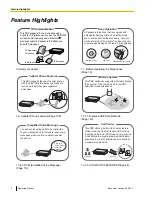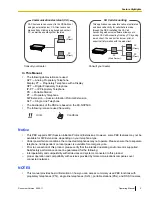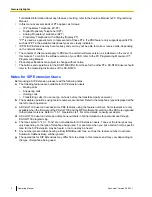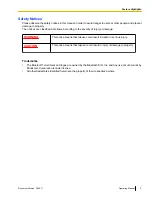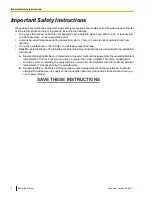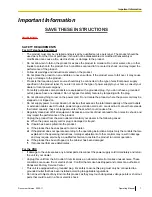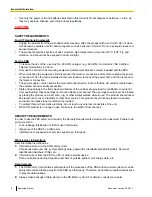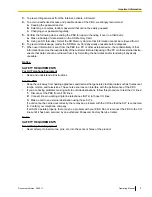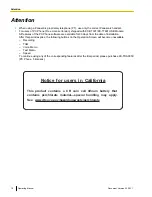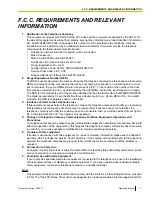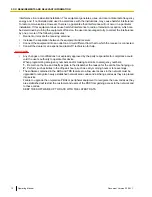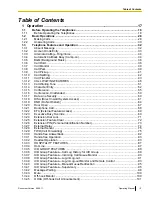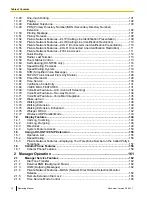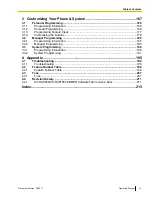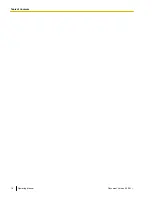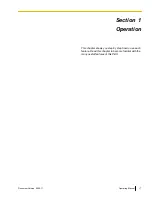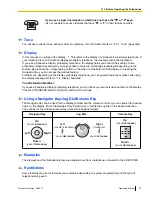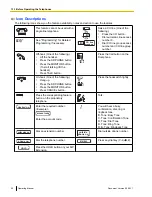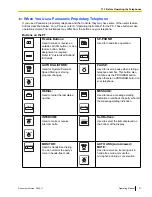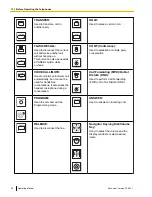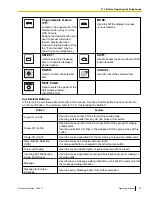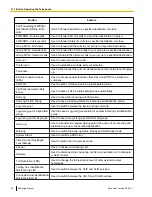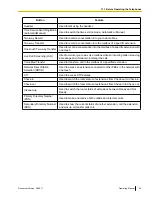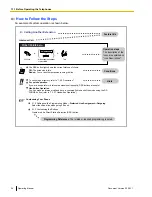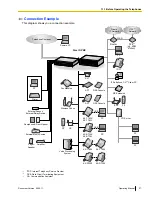
interference in a residential installation. This equipment generates, uses, and can radiate radio frequency
energy and, if not installed and used in accordance with the instructions, may cause harmful interference
to radio communications. However, there is no guarantee that interference will not occur in a particular
installation. If this equipment does cause harmful interference to radio or television reception, which can
be determined by turning the equipment off and on, the user is encouraged to try to correct the interference
by one or more of the following measures:
•
Reorient or relocate the receiving antenna.
•
Increase the separation between the equipment and receiver.
•
Connect the equipment into an outlet on a circuit different from that to which the receiver is connected.
•
Consult the dealer or an experienced radio/TV technician for help.
CAUTION
•
Any changes or modifications not expressly approved by the party responsible for compliance could
void the user’s authority to operate this device.
When programming emergency numbers and/or making test calls to emergency numbers:
1.
Remain on the line and briefly explain to the dispatcher the reason for the call before hanging up.
2.
Perform such activities in the off-peak hours, such as early morning hours or late evenings.
•
The software contained in the ARS and TRS features to allow user access to the network must be
upgraded to recognize newly established network area codes and exchange codes as they are placed
into service.
Failure to upgrade the on-premise PBXs or peripheral equipment to recognize the new codes as they
are established will restrict the customer and users of the PBX from gaining access to the network and
to these codes.
KEEP THE SOFTWARE UP TO DATE WITH THE LATEST DATA.
12
Operating Manual
Document Version 2009-11
F.C.C. REQUIREMENTS AND RELEVANT INFORMATION


